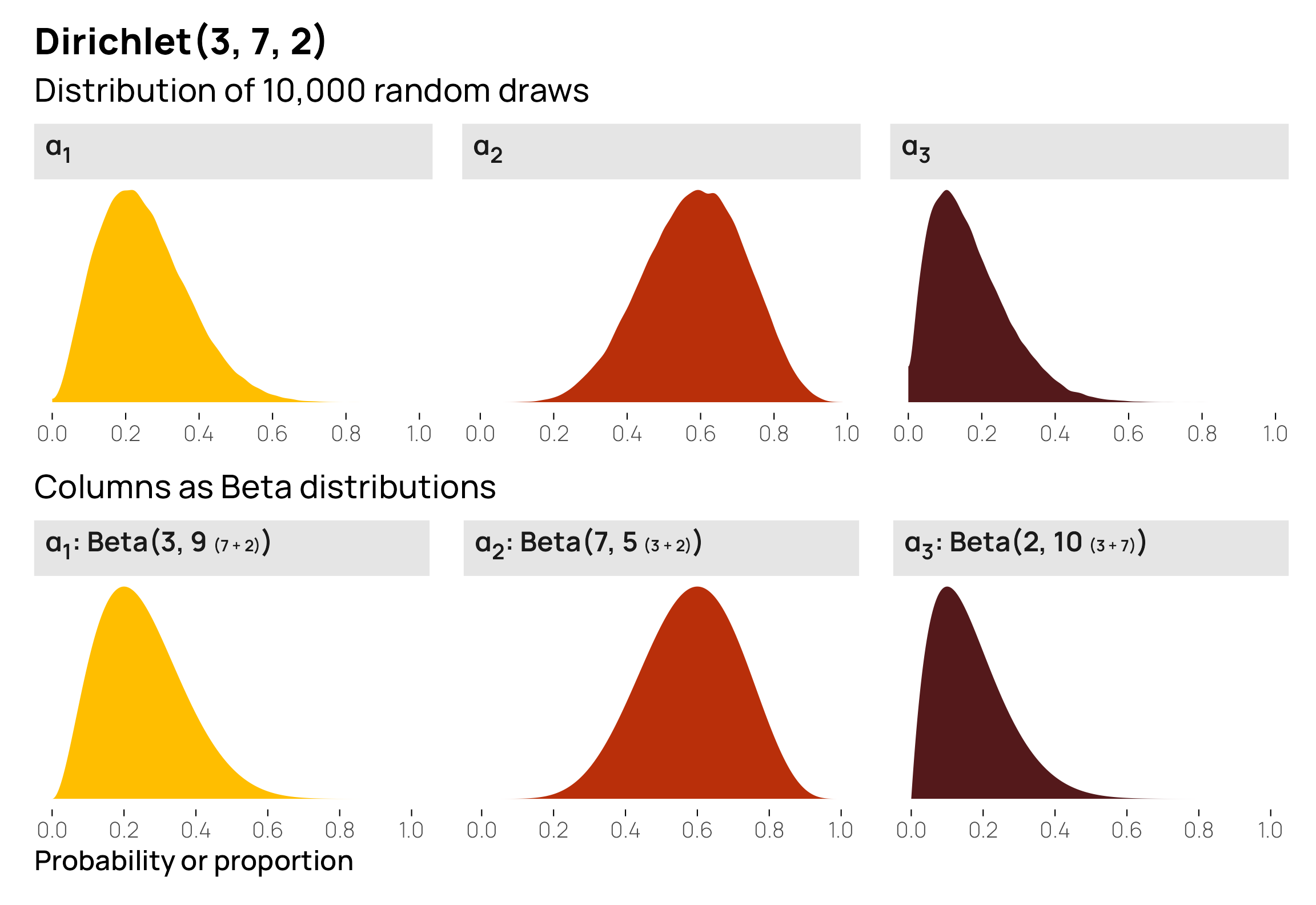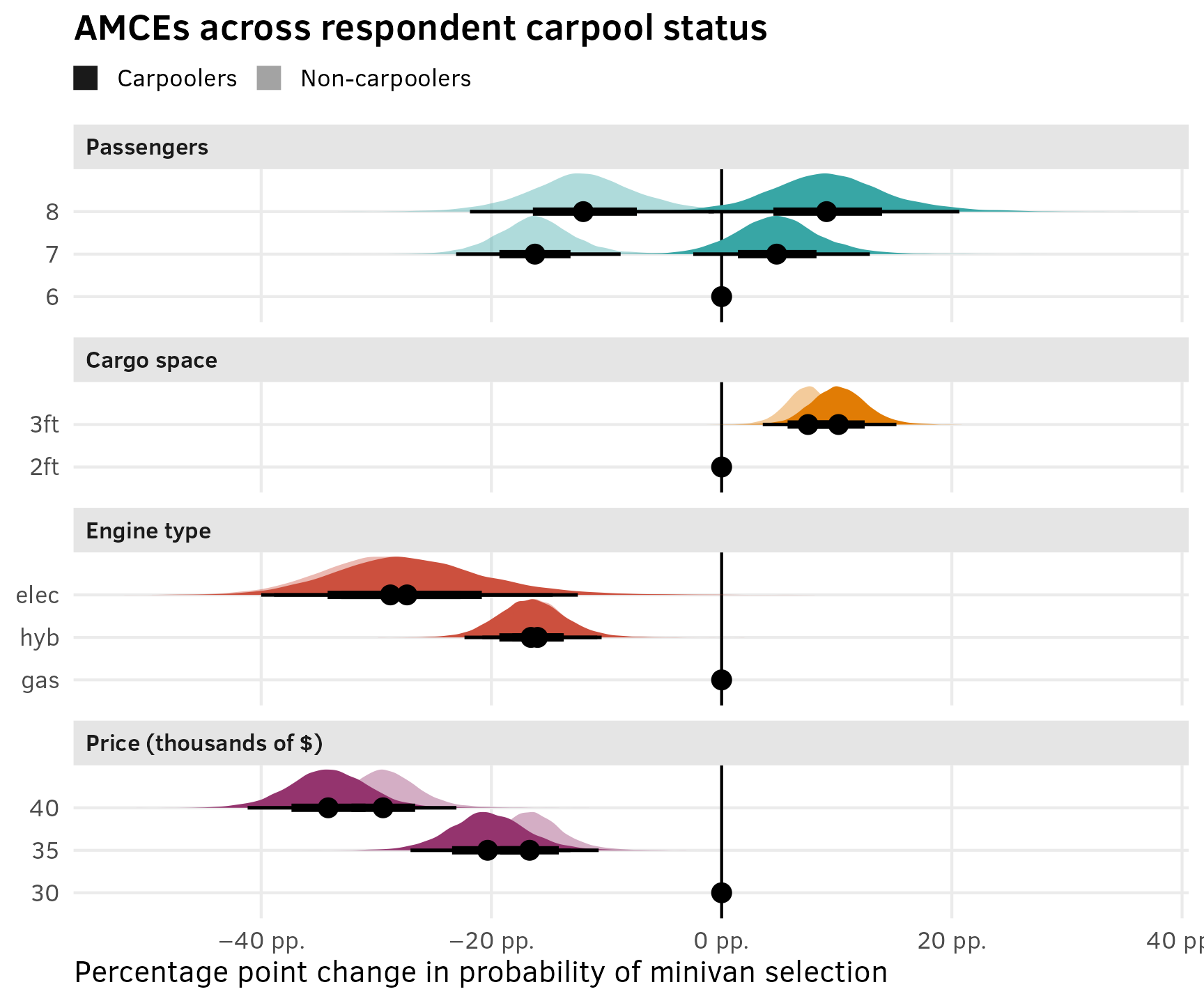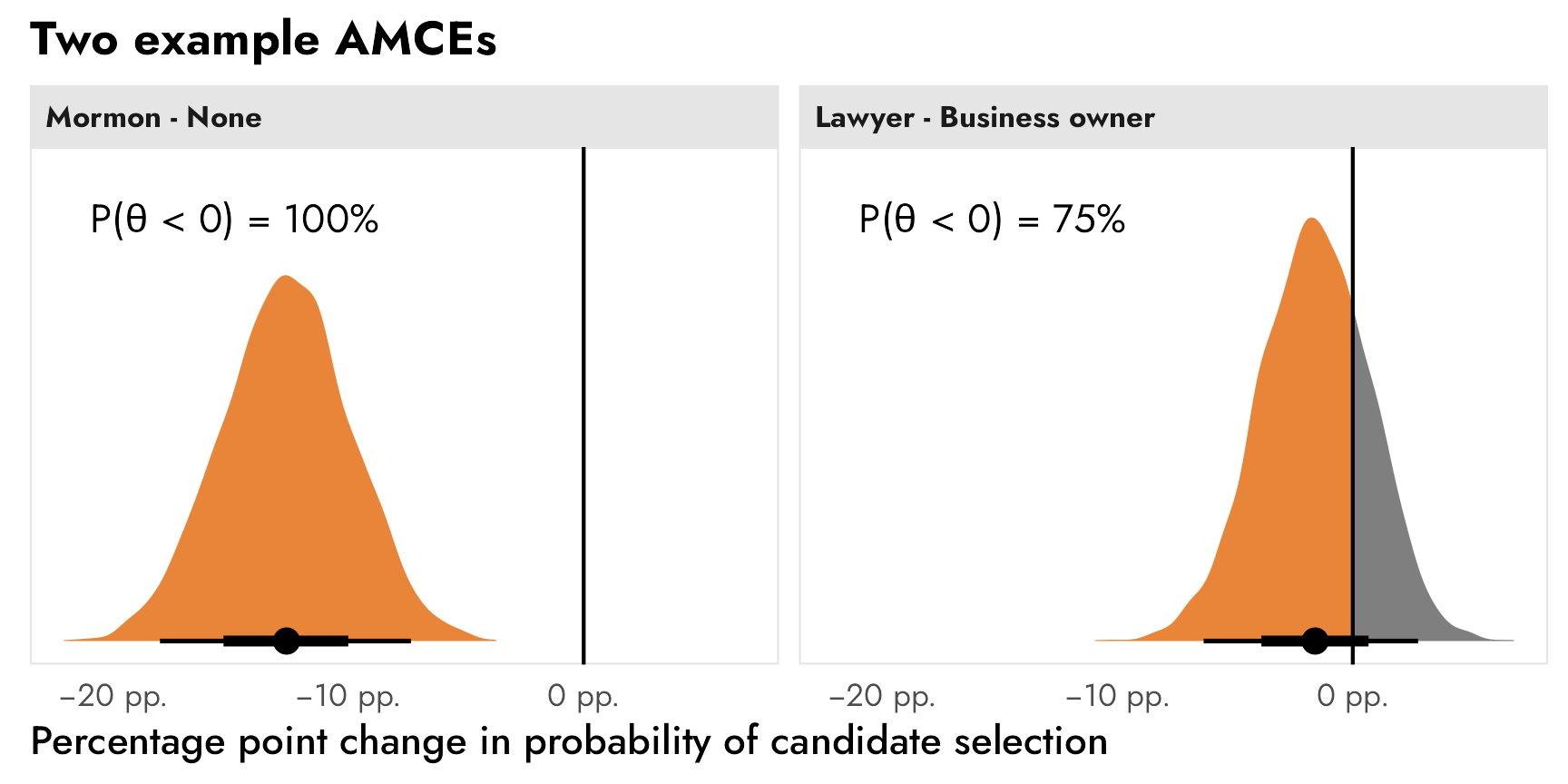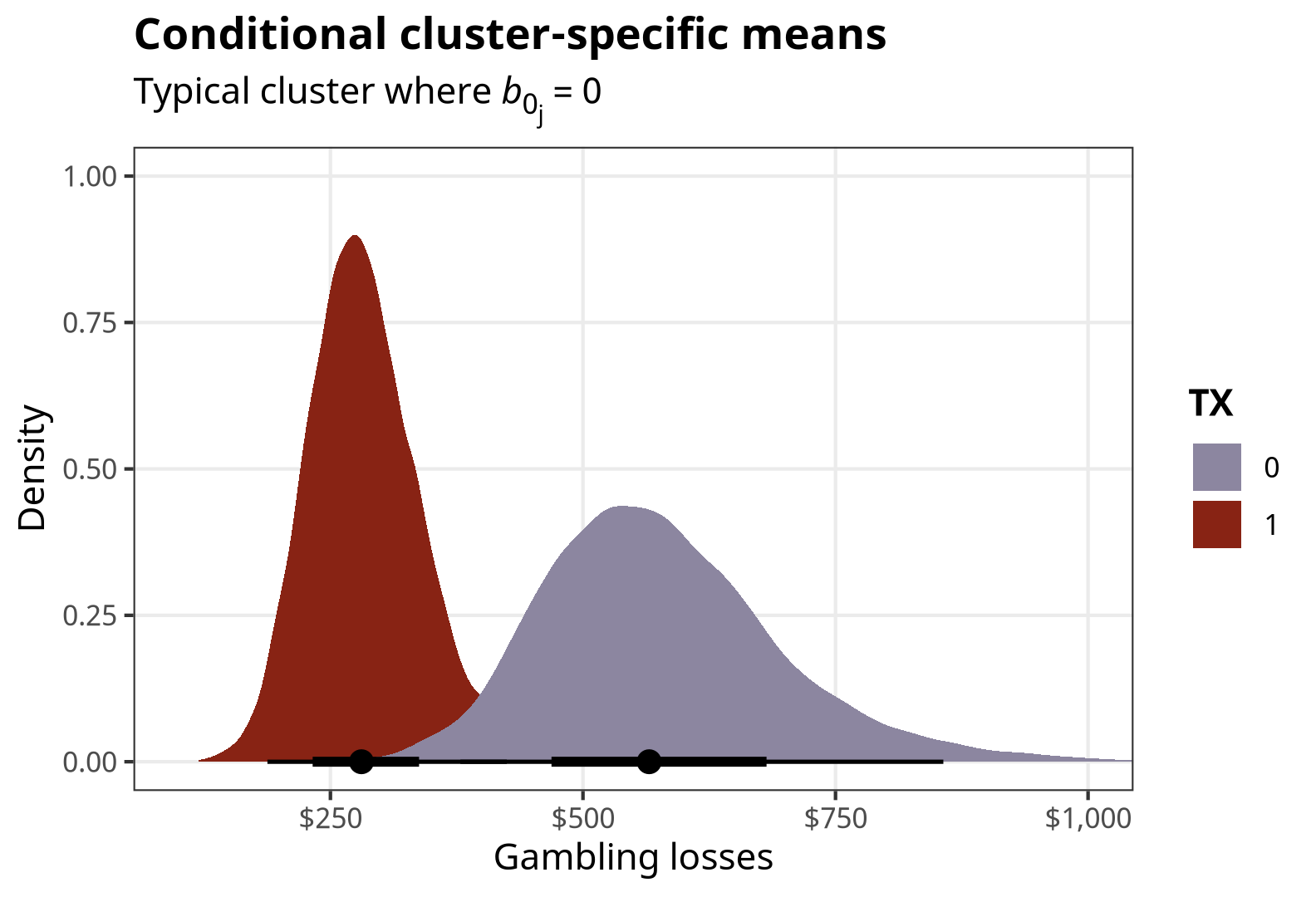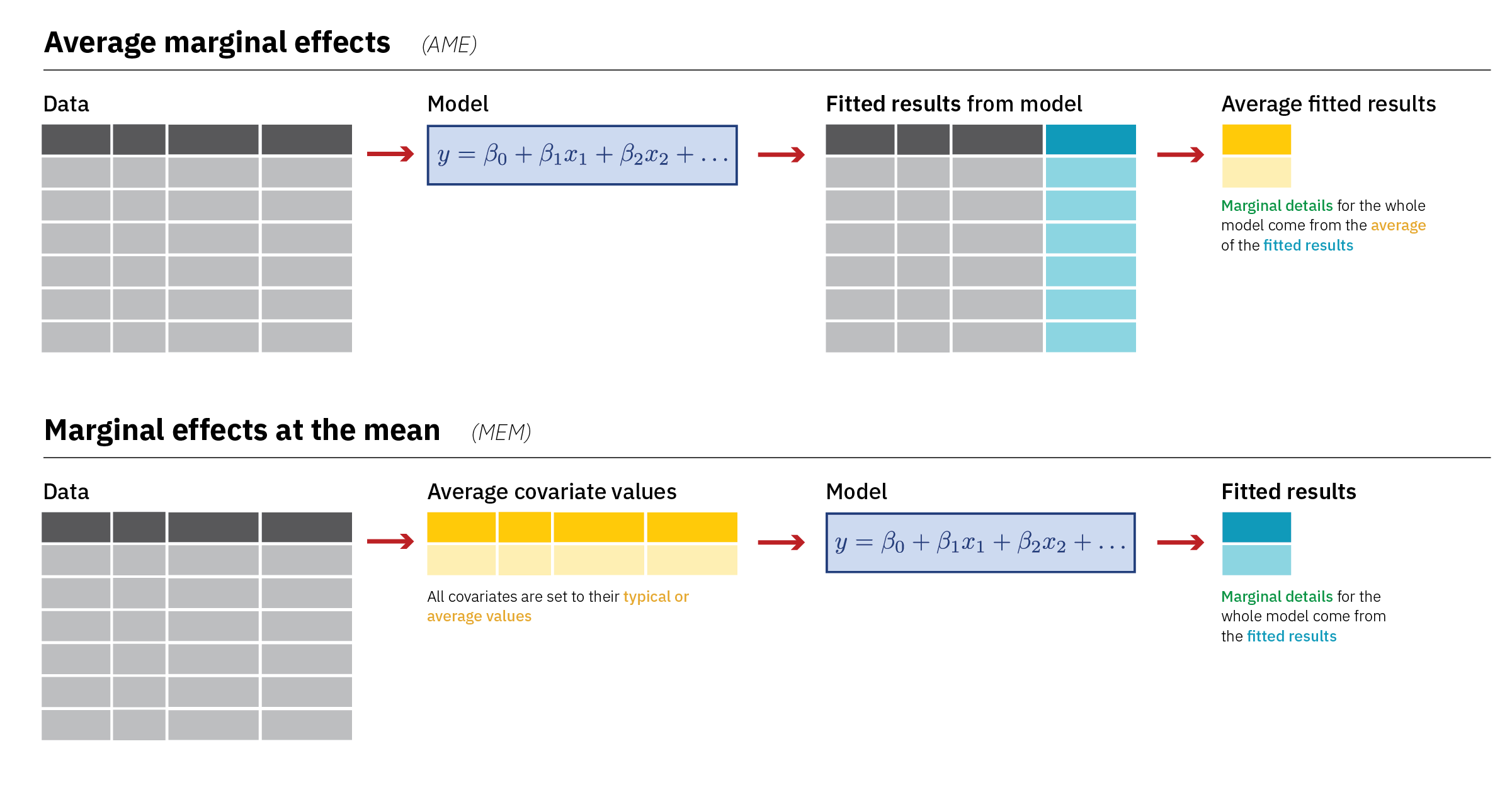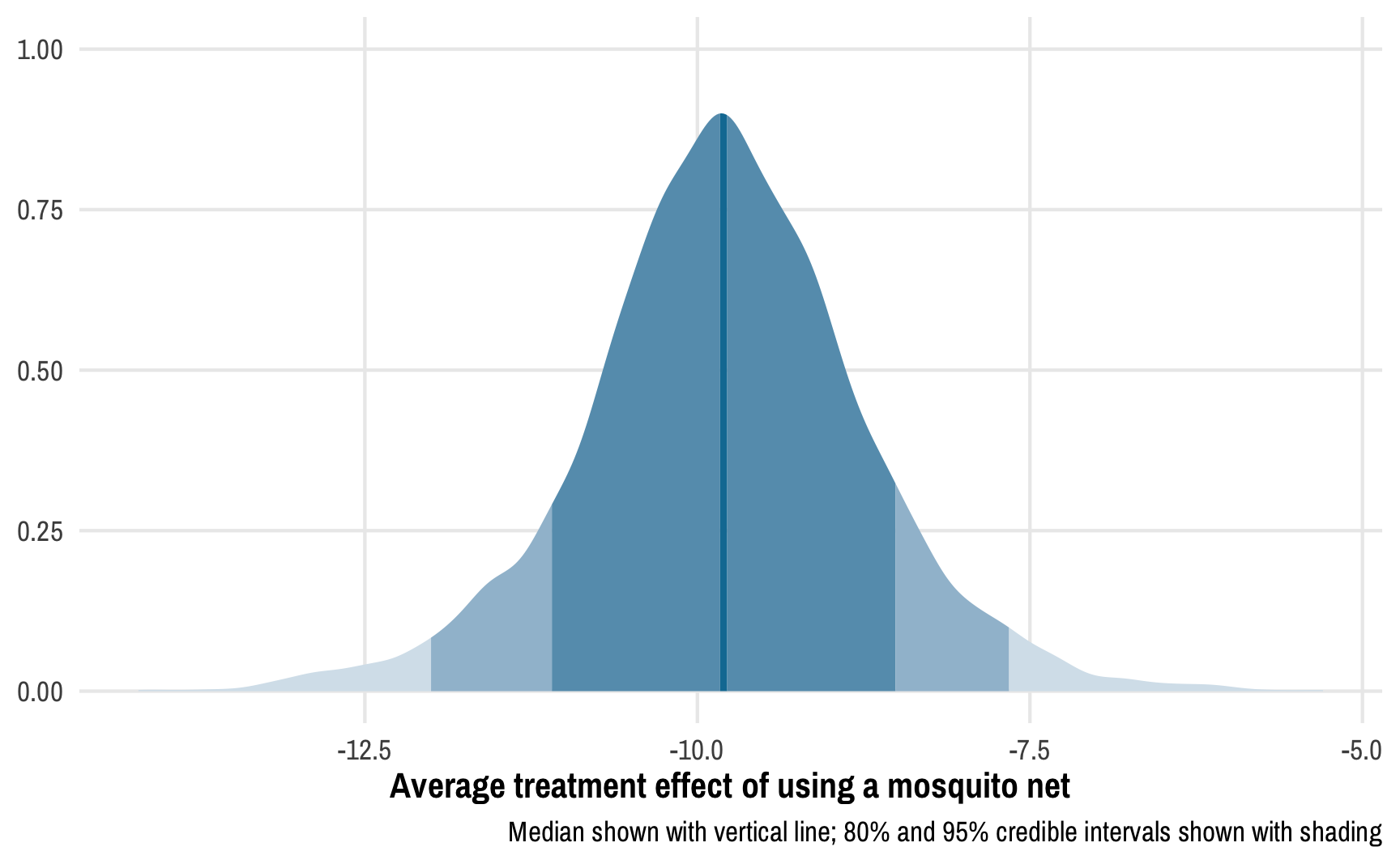
In the spirit of “if it took you a while to find out how to do something, write about it”, I will detail a method to approximate the surface area of a 3D shape. Our application here was finding the surface area of a cell but it can be used on any shape. We start with a 3D point set, specified by points of interest in a single cell imaged by 3D confocal microscopy.
